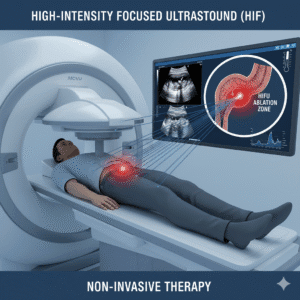
Respiratory Gating in Radiotherapy
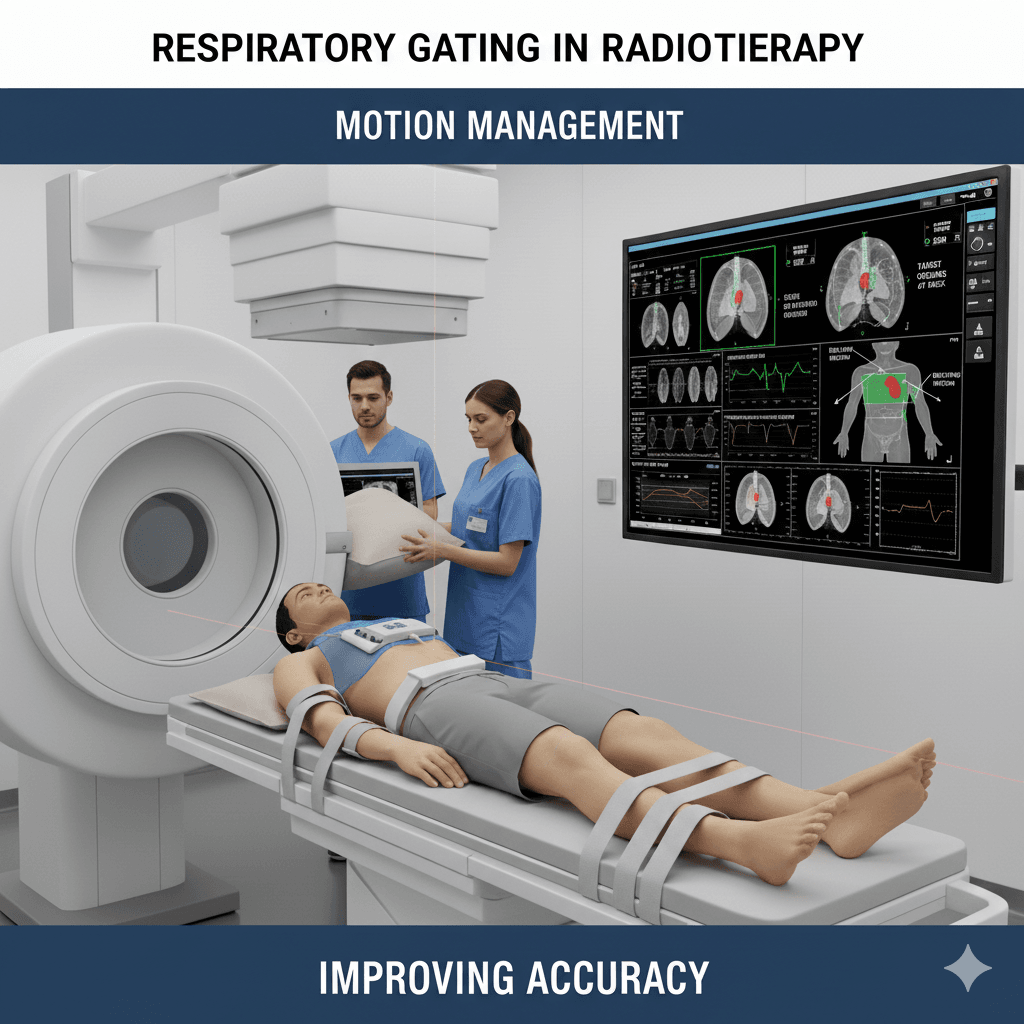
Respiratory Gating
Q1: What is Respiratory Gating?
A: Respiratory gating is a technique used in radiation therapy to account for the movement of tumors due to breathing. Since tumors in areas like the lungs, liver, and abdomen can move as you breathe, respiratory gating helps ensure that radiation is delivered accurately to the tumor while minimizing exposure to surrounding healthy tissues.
Q2: How does Respiratory Gating work?
A: During respiratory gating, the radiation machine monitors your breathing cycle. Radiation is only delivered at specific points in your breathing cycle—when the tumor is in the optimal position for treatment. This precise timing reduces the risk of missing the tumor or damaging healthy tissues.
Q3: Why is Respiratory Gating important?
A: Tumors in certain parts of the body, like the lungs or liver, can move significantly as you breathe. Without respiratory gating, the radiation could be less accurate, potentially leading to less effective treatment or increased side effects. By synchronizing the delivery of radiation with your breathing, respiratory gating improves the precision of the treatment.
Q4: What types of cancer benefit from Respiratory Gating?
A: Respiratory gating is particularly useful for treating cancers in areas that move with respiration, such as:
- Lung cancer
- Liver cancer
- Breast cancer
- Cancers in the abdomen or near the diaphragm
It’s also used in other situations where tumor motion could affect the accuracy of radiation therapy.
Q5: What should I expect during a treatment session with Respiratory Gating?
A: Before treatment, you may undergo a simulation session where your breathing pattern is measured and analyzed. During the actual radiation therapy session, you’ll be asked to breathe normally, and the machine will track your breathing. Radiation is delivered only when the tumor is in the correct position. The process is painless, but it may take slightly longer than standard radiation therapy.
Q6: Is Respiratory Gating safe?
A: Yes, respiratory gating is a safe and effective way to improve the precision of radiation therapy. It doesn’t involve any additional radiation exposure; rather, it optimizes the delivery of the planned dose. By targeting the tumor more accurately, it helps protect surrounding healthy tissues, reducing the risk of side effects.
Q7: How do I know if Respiratory Gating is right for me?
A: Your radiation oncologist will determine if respiratory gating is appropriate based on the location and type of your tumor, as well as how much it moves with your breathing. If your cancer treatment involves radiation to an area affected by respiratory motion, respiratory gating might be recommended to enhance the accuracy of your therapy.
Q8: What are the different types of Respiratory Gating methods?
A: There are several methods used for respiratory gating in radiation therapy, each designed to manage the movement of tumors during breathing. The main types include:
- Amplitude-Based Gating
- Phase-Based Gating
- Deep Inspiration Breath-Hold (DIBH)
- 4D-CT Imaging
Amplitude-Based Gating
A: Amplitude-based gating tracks the position of the tumor based on the amplitude, or height, of the breathing cycle. Radiation is delivered only when the tumor is within a certain range of its position during the breathing cycle. This method ensures that radiation is targeted precisely when the tumor is in the optimal position, reducing exposure to healthy tissues.
Phase-Based Gating
A: Phase-based gating monitors the entire breathing cycle and divides it into different phases (inhalation, exhalation, etc.). Radiation is delivered during specific phases when the tumor is in a predictable location. This method is particularly useful for tumors that move consistently with each breath, allowing for accurate targeting throughout the breathing cycle.
Deep Inspiration Breath-Hold (DIBH)
A: Deep Inspiration Breath-Hold (DIBH) is a technique where patients take a deep breath and hold it for a short period while radiation is delivered. This method is especially useful for treating breast cancer or tumors near the heart or lungs. By holding the breath, the chest expands, moving the tumor away from critical organs, which helps to protect healthy tissue during radiation.
Exhale Gating
A: Exhale gating involves delivering radiation during the exhale phase of the breathing cycle. This method takes advantage of the fact that during exhalation, the body and tumor are more stable, reducing the risk of movement. Exhale gating is beneficial for tumors that move less during this phase, allowing for more precise radiation delivery.
4D-CT Imaging
A: 4D-CT imaging is not a gating method itself but is crucial in planning respiratory-gated radiation therapy. It creates a detailed map of the tumor’s movement throughout the breathing cycle by combining 3D imaging with time (the fourth dimension). This information helps doctors choose the best gating method and plan the most effective treatment by understanding exactly how the tumor moves.
Q10: How do doctors choose the best Respiratory Gating method for me?
A: The choice of respiratory gating method depends on several factors, including the type and location of the tumor, how much it moves during breathing, and the patient’s ability to control their breathing. Your radiation oncologist will assess these factors and decide on the most appropriate gating technique to maximize treatment effectiveness while minimizing side effects
Q11: Where can I receive treatment with Respiratory Gating?
A: Respiratory gating is available at many cancer treatment centers equipped with advanced radiation therapy technology. Talk to your Radiation Oncologist to know if you treatment could benefit from respiratory gating.
If you have more questions or need more information about respiratory gating and how it might be used in your treatment plan, feel free to contact us for more information.
Related Post

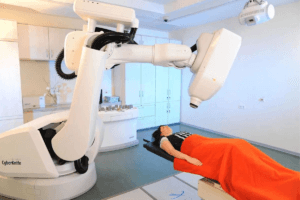
CyberKnife
August 6, 2024

Immunotherapy
August 7, 2024
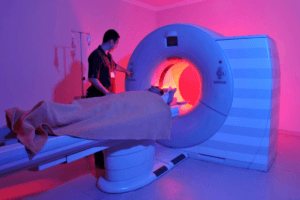
MRI Linac
August 7, 2024
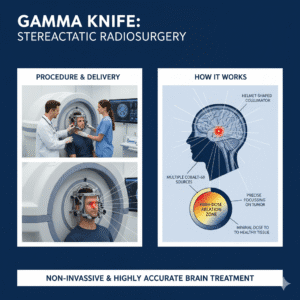
Gamma Knife
August 7, 2024
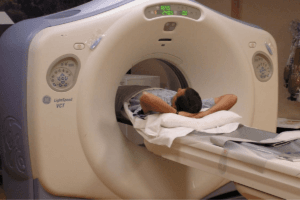
Cancer Screening
August 22, 2024
Gallery
Click below to book a clinic appointment
Ask More Questions Send Query On Email





